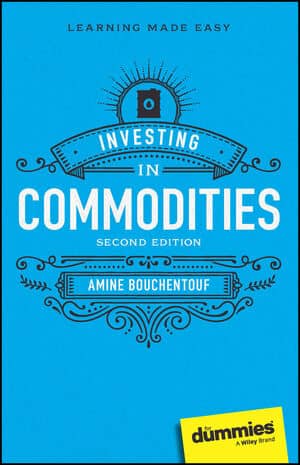Looking at a Company's Public Disclosure Forms
The Securities and Exchange Commission (SEC) requires publicly traded companies in the United States to file annual and quarterly reports. The quarterly report, known as Form 10Q, contains information about the company’s financial operations during each of the first three fiscal quarters in a given year. (A company doesn’t need to file a quarterly report at the end of the fiscal year, because that’s when the annual report is released.)
Form 10K, which is the annual report, contains a much more comprehensive overview of a company’s financial operations. It’s released at the end of the fourth quarter of the fiscal year and includes information on the company’s structure, shareholders, business activities, assets, and liabilities.
An additional disclosure form you may want to look at is Form 8K. A company is required to file Form 8K with the SEC if it undertakes structural changes, such as a merger or acquisition, bankruptcy, or election of new board members. Form 8K may contain important information regarding the company’s future plans. So, where can you check out a company’s annual report or Form 8K? Perhaps the best resource for this type of information is EDGAR. It includes comprehensive SEC filings. You may need a subscription to access it.
Introducing the New York Board of Trade
The New York Board of Trade (NYBOT) is one of the oldest exchanges in the United States and is the premier location for the trade of agricultural commodities. The NYBOT also offers futures contracts that track cotton, ethanol, and wood pulp (pulp is used to make paper), as well as products that track several financial futures, such as the euro (the currency), the New York Stock Exchange Composite Index, and the Reuters/Jefferies CRB Index.
(The NYBOT is also where the movie Trading Places, with Eddie Murphy and Dan Aykroyd, was shot. In the final scene of the movie, Murphy and Aykroyd corner the orange juice market and, in the process, wipe out Randolph and Mortimer Duke.)
As a sign of the times and the advent of electronic trading, in 2007, the ICE, an all-electronic trading platform, acquired the NYBOT. Although the ICE has integrated many of the commodities offered on the NYBOT with its electronic platform, many traders still refer to the original NYBOT commodities as ICE/NYBOT.
Modern Portfolio Theory and the Benefits of Diversification
The idea that diversification is a good strategy in portfolio allocation is the cornerstone of Modern Portfolio Theory (MPT). MPT is the brainchild of Nobel Prize–winning economist Harry Markowitz. In a paper he wrote in 1952 for his doctoral thesis, Markowitz argued that investors must look at a portfolio’s overall risk/reward ratio. Although this sounds like common sense today, it was a groundbreaking idea at the time.
Before Markowitz’s paper, most investors constructed their portfolios based on a risk/reward ratio analysis of individual securities. Investors chose a security based on its individual risk profile and ignored how that risk profile fit within a broader portfolio. Markowitz argued (successfully) that investors could construct more profitable portfolios if they looked at the overall risk/reward ratio of their portfolios.
Therefore, when considering an individual security, you need to not only assess its individual risk profile, but also take into account how that risk profile fits within your general investment strategy. Markowitz’s idea that holding a group of different securities reduces a portfolio’s overall volatility is one of the most important ideas in portfolio allocation.

